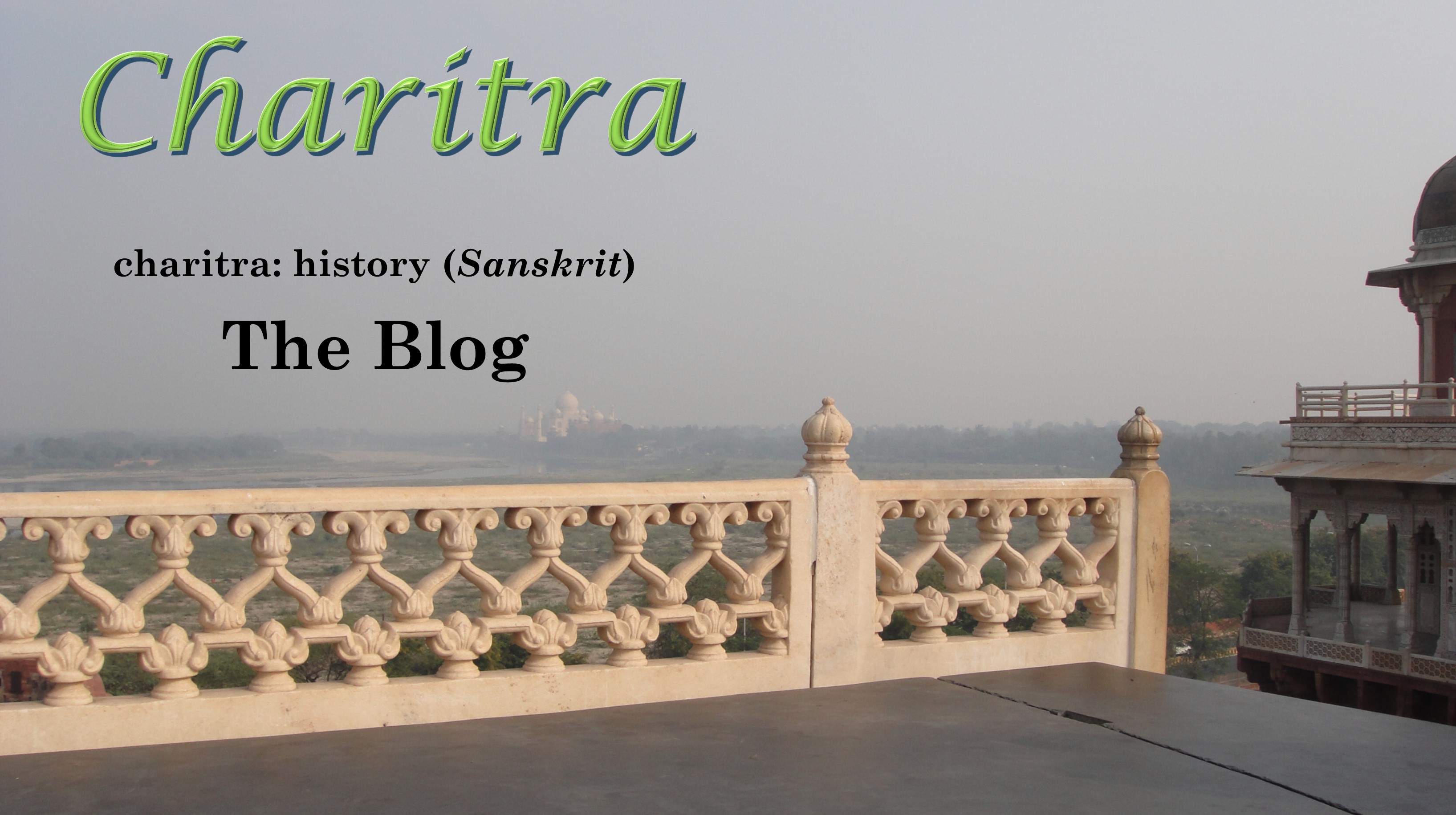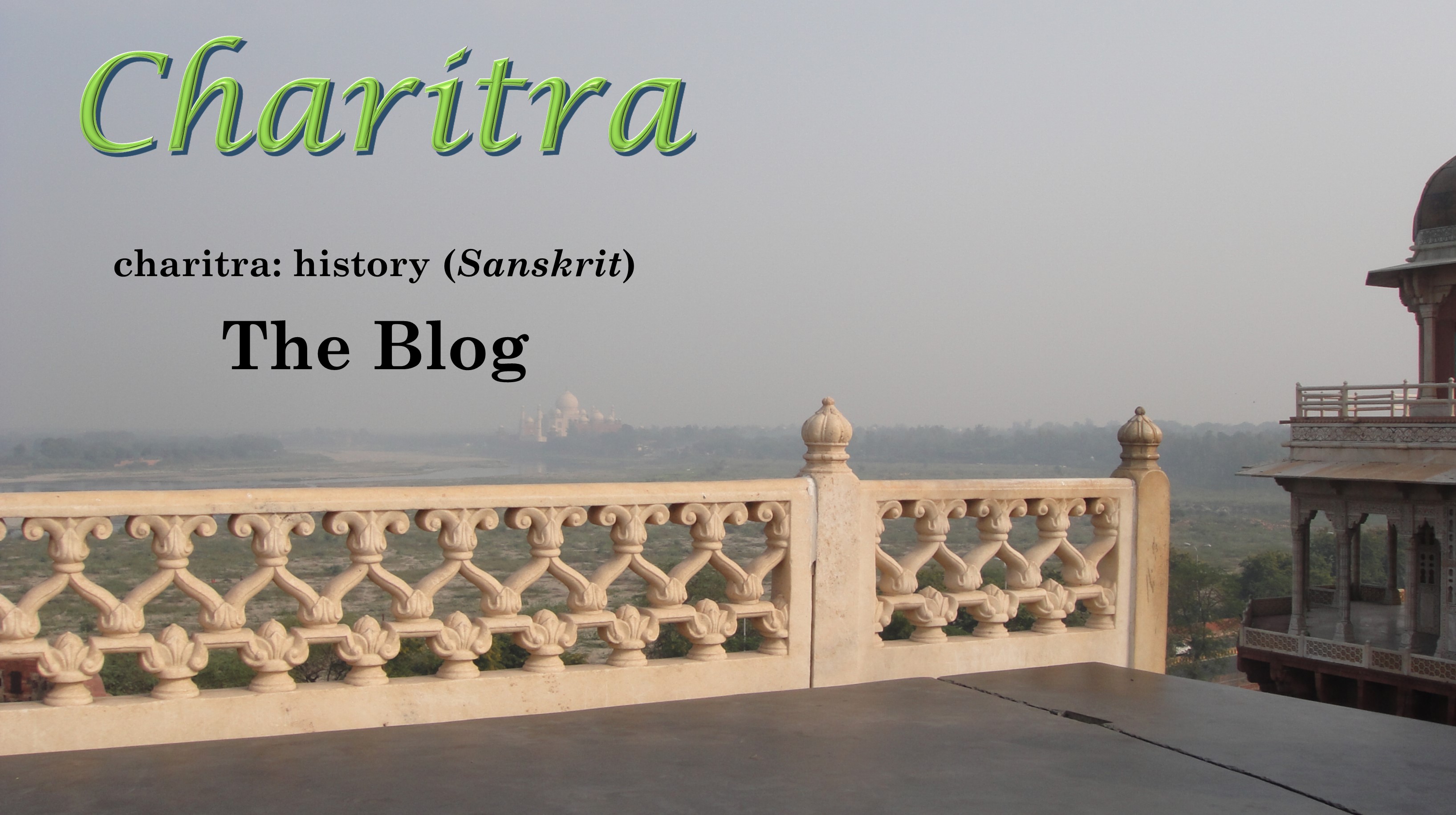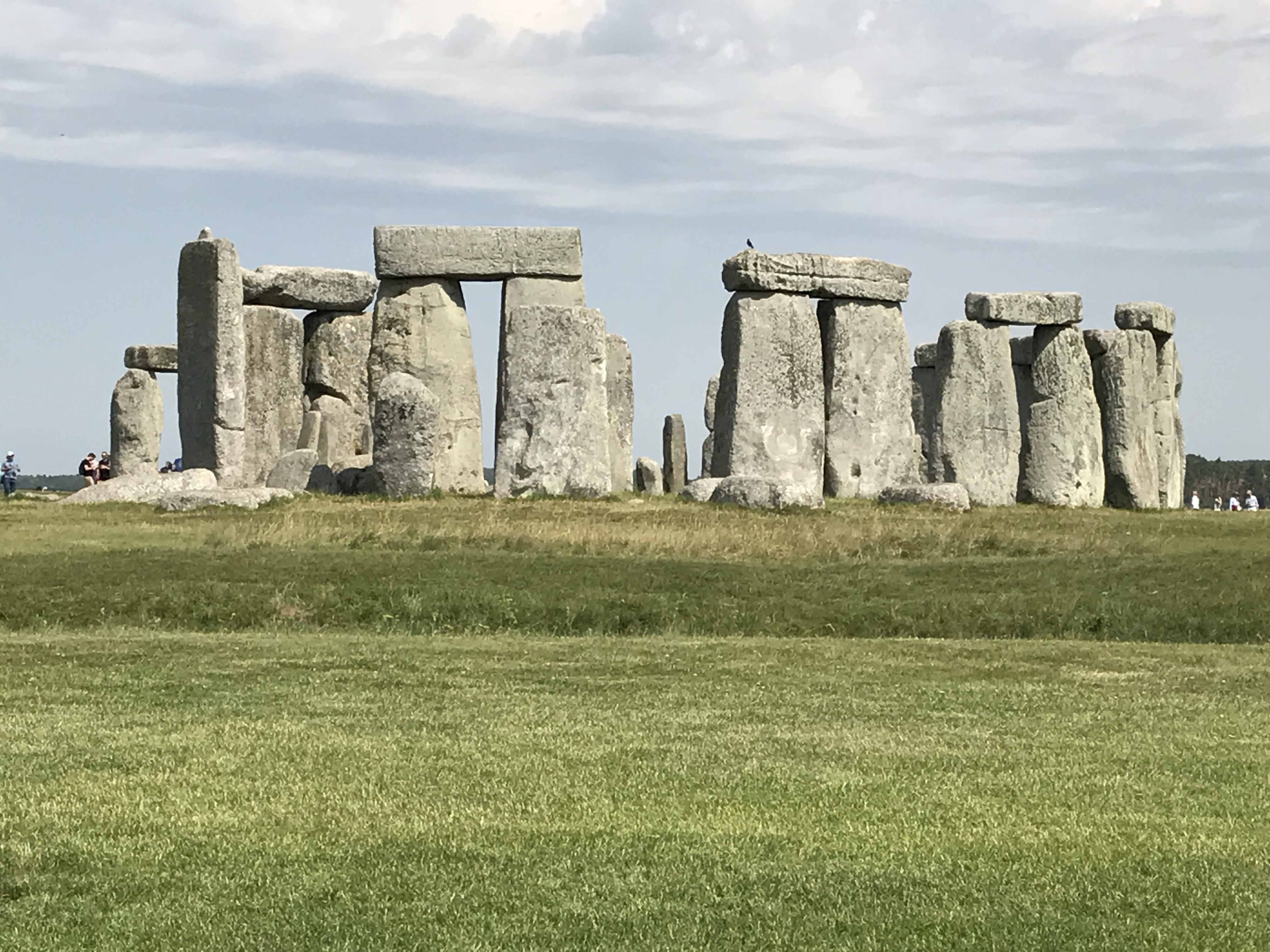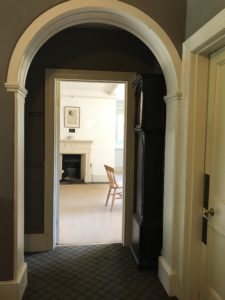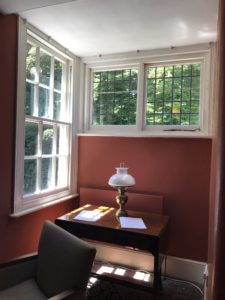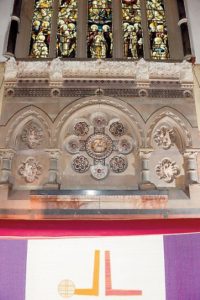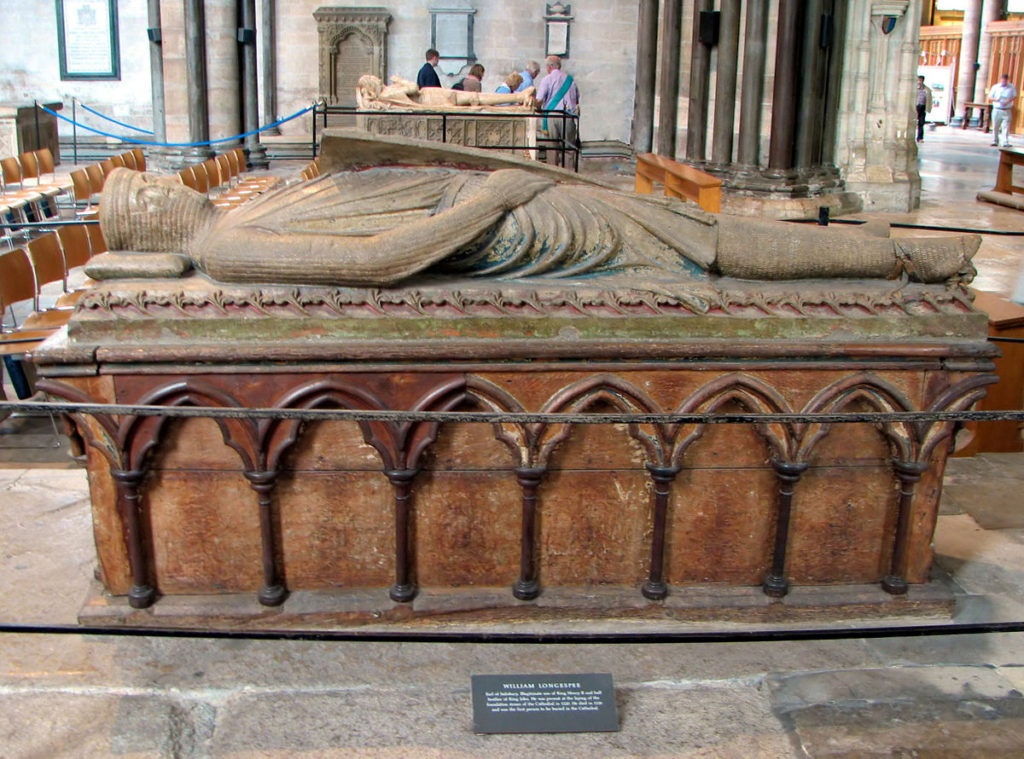(Part 1 here)
A half a mile south of the old rectory is the Church of St. Nicholas, where Jane’s father preached and led his flock, and where she attended services. It’s also another smooth, macadamized road today—in Jane’s time, it would have been a rough path, slushy in the rains, dusty in dry summers.
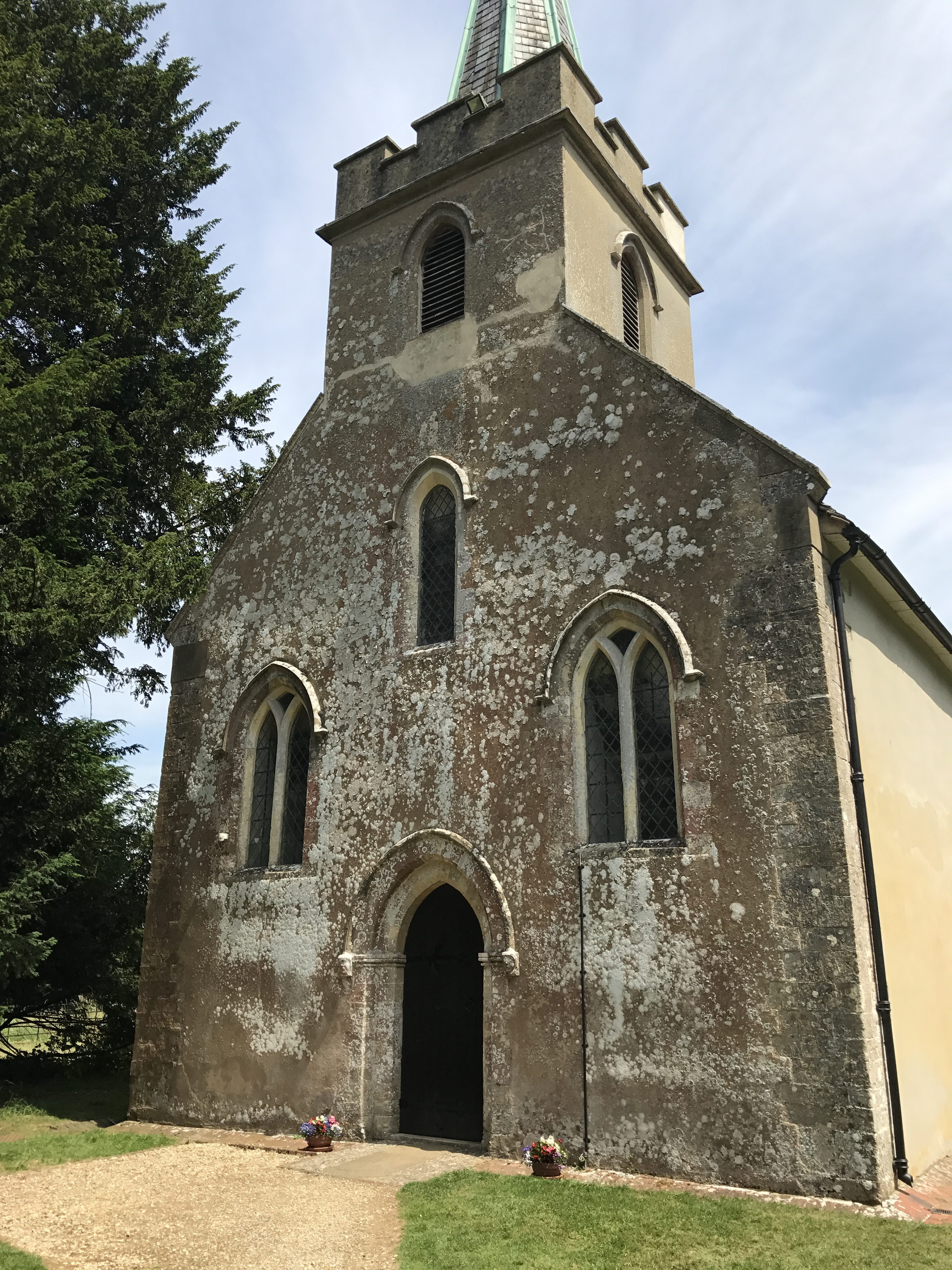
The church dates to the 12th Century, so it had been standing there, among the fields and the pastures, for almost seven centuries by the time George Austen came to Steventon to be rector. The warm southern wall of the church, right of the entry door, hosted purple and white sweet-smelling wild violets that bloomed in summer. The close-cropped green of the churchyard was shaded by elms, hawthorns and a mighty, aged yew, which had probably been there for as many years as the church itself. Continue Reading

